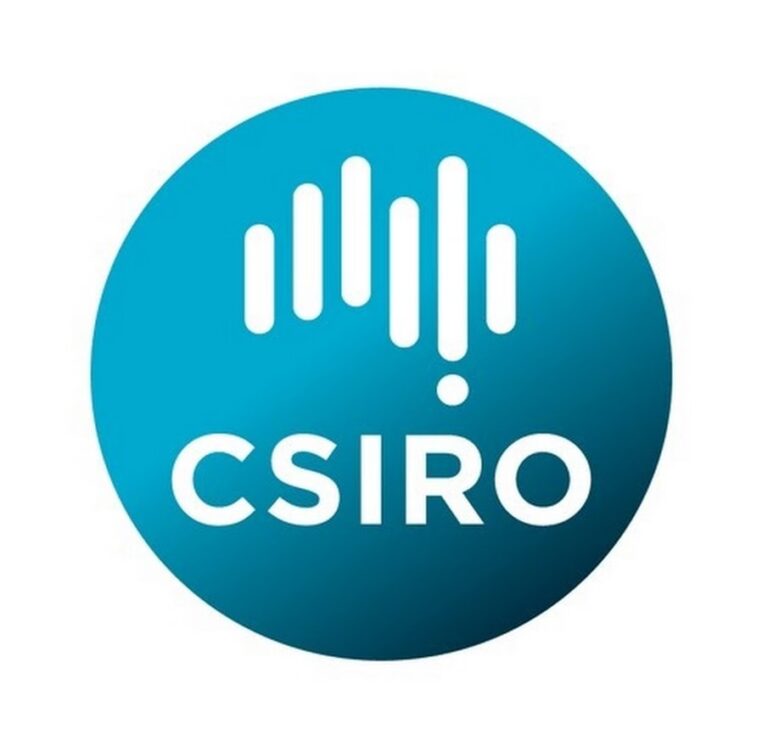SENSE Project
Management information
Project description
Its primary objective is to demonstrate reliable, cost efficient CO2 storage monitoring using ground surface deformation detection combined with geomechanical modelling and inversion to provide information on pressure distribution and hydraulic behaviour of storage sites.
The goal of the SENSE project is to demonstrate how ground surface movement can be used as an integral part of the monitoring program to effectively verify safe storage of CO2 underground. The proposed research activities are focused towards injection demonstration sites both onshore and offshore and includes:
1. demonstration of continuous monitoring of surface deformation and subsurface pressure distribution using satellite data, inclinometers, water pressure sensors, fiber optics and seafloor geodesy,
2. develop advanced quantitative characterization of critical geomechanical and hydraulic parameters as well as automatization routine for data interpretation
3. optimization of sampling arrays to provide cost-effective monitoring and long-term safety.
Targets
Integration, optimization and automatization of existing technologies together with new fiber optic solutions for offshore surface movement detection has the potential for cost efficient and accurate monitoring. Hence, the SENSE project answers directly to the Priority Research Directions (PRDs) for CO2 storage, highlighted by Mission Innovation CCUS (2017), particularly: “Developing smart convergence monitoring to demonstrate containment and enable storage site closure” and “Realizing smart monitoring to assess anomalies and provide assurance.”
Activities
The objective of WP1 is to develop and test novel technologies that will be used to acquire high-accuracy and cost-efficient surface motion data due to injection; and to provide realistic geomechanical boundary conditions as inputs for other WPs.
The objective of this work package is to develop conceptual/theoretical models based on the newly acquired and available (e.g. Troll Field) data in the project and to carry out advanced coupled flow-geomechanics simulations of the candidate sites in order to finally study the geomechanical behavior of these sites in response to pressure changes in the reservoir. This WP focuses on the interpretation of observed data and coupling the observations to mechanical behavior of geological formations using procedures and concepts that have already been developed in Deflandre et al. (2011), Liu et al (2017), Bohloli et al. (2017 & 2018) and Boni et al. (2018) to ground-truth sites.
Numerical simulation with focus on surface displacement will be carried out for several synthetic scenarios, with the goal of identifying whether certain deformation mechanisms are likely to be visible and typical monitoring resolution and deployment requirements. Next, geomechanical simulation of candidate sites will be carried out.
The objective of this task is to explore multiple strategies for using forward coupling flow-geomechanical models to rigorously invert for pressure-saturation plume evolution and other physical-mechanical properties. Previous studies using surface deformation alone, in the absence of other data, can lead to a poorly-constrained inversion process.
In this task, we will expand the current deformation inversion techniques to include additional constraints based on gauge pressure measurements, injection rates, and other available monitoring data. In addition, we apply a type of reduction of dimension method (i.e. Poroelastic Linear Vertical Deflection) with combining the conceptual/theoretical SMART models (developed in WP2) for realistic-scale inversion application of pressure and surface heave history-matching in near real time.
We expect to provide both a fast converging gradient method (local optimizer) and a thorough Bayesian (or ML) approach (global optimizer).
WP4 includes evaluation of the method developed in WP3 by applying it to case studies of field scale and synthetic data. The main activities include:
- Assessment of the efficiency of the ground deformation monitoring technique based on the inversion algorithm
- Providing a full set of geomechanical and hydraulic properties of the subsurface based on available data
- Evaluation of the ground-monitoring approach for real time monitoring and early warning
- Assessment of subsea deformation monitoring technologies and their applicability to offshore carbon storage operations in the US Offshore.
Team
Collaborators
Involved groups
Publications
Image gallery
Related video gallery
© 2024 Instituto Geológico y Minero de España














